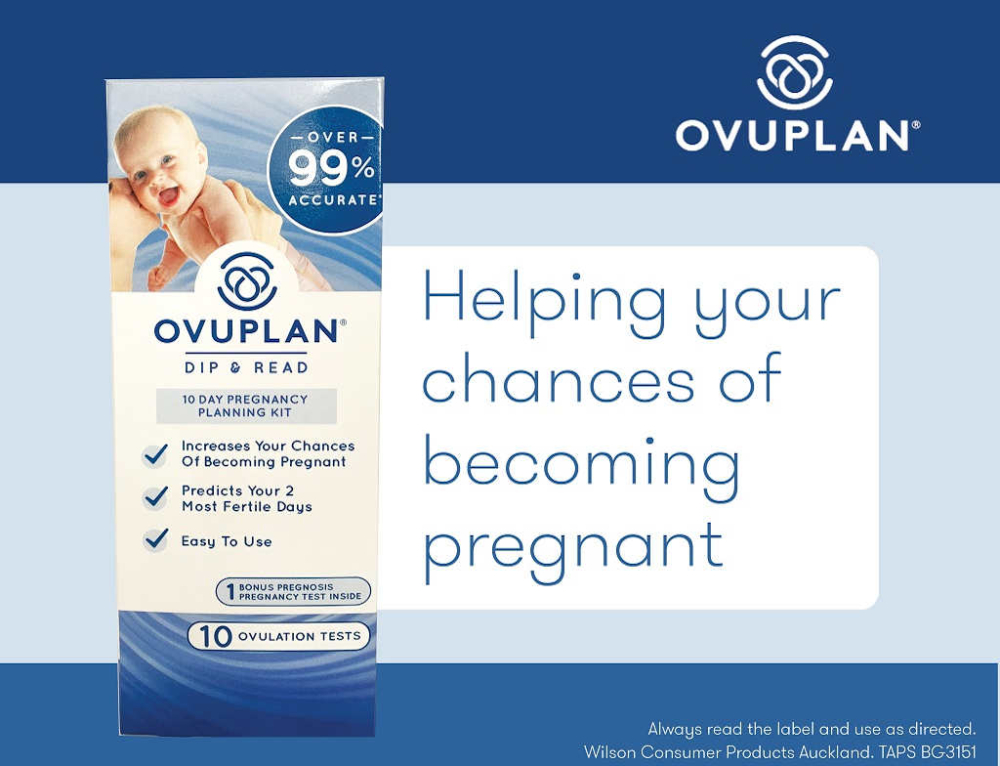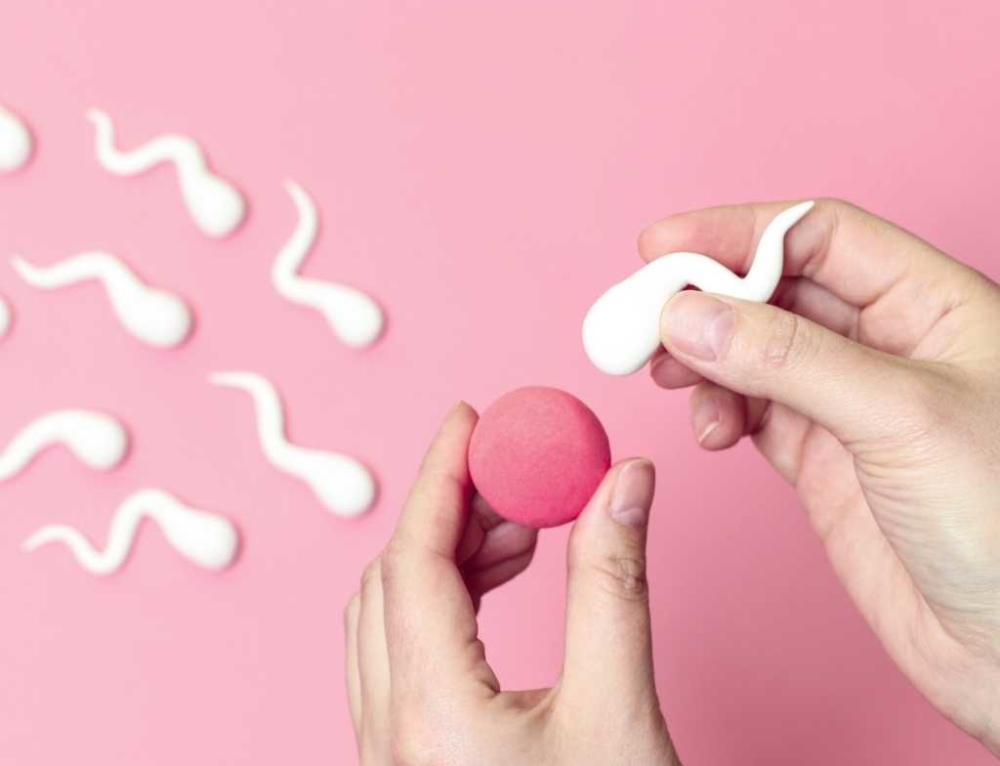The perineum is the area of skin and muscle located between the vagina and anus and plays a very special role during childbirth – stretching to allow the baby’s head to pass through. Many women spend the latter stages of pregnancy dealing with worry and anxiety about what they perceive will be the pain of childbirth – wondering how their baby’s head will fit through what appears to be a relatively small opening.
Many people believe that massaging the perineum during the second and third trimester of pregnancy allows the area to be conditioned to better manage the stretching of childbirth and lessen the associated pain. Massage of this area may also help reduce the chance of tearing or having an episiotomy, although there are no guarantees that you will have this outcome.
When to start perineal massage
Most women start perinea massage around 34 weeks of pregnancy, occuring once or twice a day.
How to do a perineal massage
-
- Scrub your hands and trim your thumb nails. Sit in a warm comfortable area, spreading your legs apart in a semi-sitting birthing position. To become familiar with your perineal area use a mirror for the first few massages (a floor-to-ceiling mirror works best). Use massage oil, such as pure vegetable oil, or a water-soluble lubricant, such as K-Y Jelly (not a petroleum-based oil) on your fingers and thumbs and around your perineum.
- Insert your thumbs as deeply as you can inside your vagina and spread your legs. Press the perineal area down toward the rectum and toward the sides. Gently continue to stretch this opening until you feel a slight burn or tingling.
- Hold this stretch until the tingling subsides and gently massage the lower part of the vaginal canal back and forth.
- While massaging, hook your thumbs onto the sides of the vaginal canal and gently pull these tissues forward, as your baby’s head will do during delivery.
- Finally, massage the tissues between the thumb and forefinger back and forth for about a minute. Being too vigorous could cause bruising or swelling in these sensitive tissues. During the massage avoid pressure on the urethra as this could induce irritation or infection.
- Many midwives and obstetricians believe that perineal massage is neither useful nor necessary as long as the mother’s perineum is supported during crowning, her pushing is properly timed, and the baby’s head and shoulders are eased out. Discuss the value of perineal massage with your obstetrician or midwife.
Other ways to reduce damage to the perineal area include:
-
-
- Giving birth lying on your side, kneeling, or in an all-fours position
- Relaxing your pelvic floor
- Following your own urge to push, instead of trying to hold your breath and push
- During labour, using warm water for pain relief may also help soften the perineal tissue and make you more relaxed
- During birth try to ease the widest part of the baby’s head out slowly. You may be encouraged to pant or blow through your mouth to slow the birth down and minimise the risk of tearing. Forceful, strong pushing at this stage is discouraged
- Some studies have shown that good emotional support during labour and birth can help reduce perineal damage by reducing the incidence of episiotomy – something many midwifery experts believe happens far too commonly. Avoiding episiotomy means less chance of healing complications.
-
This article was written by Claire Halliday for New Zealand’s leading pregnancy resource, Kidspot NZ.







Leave A Comment
You must be logged in to post a comment.